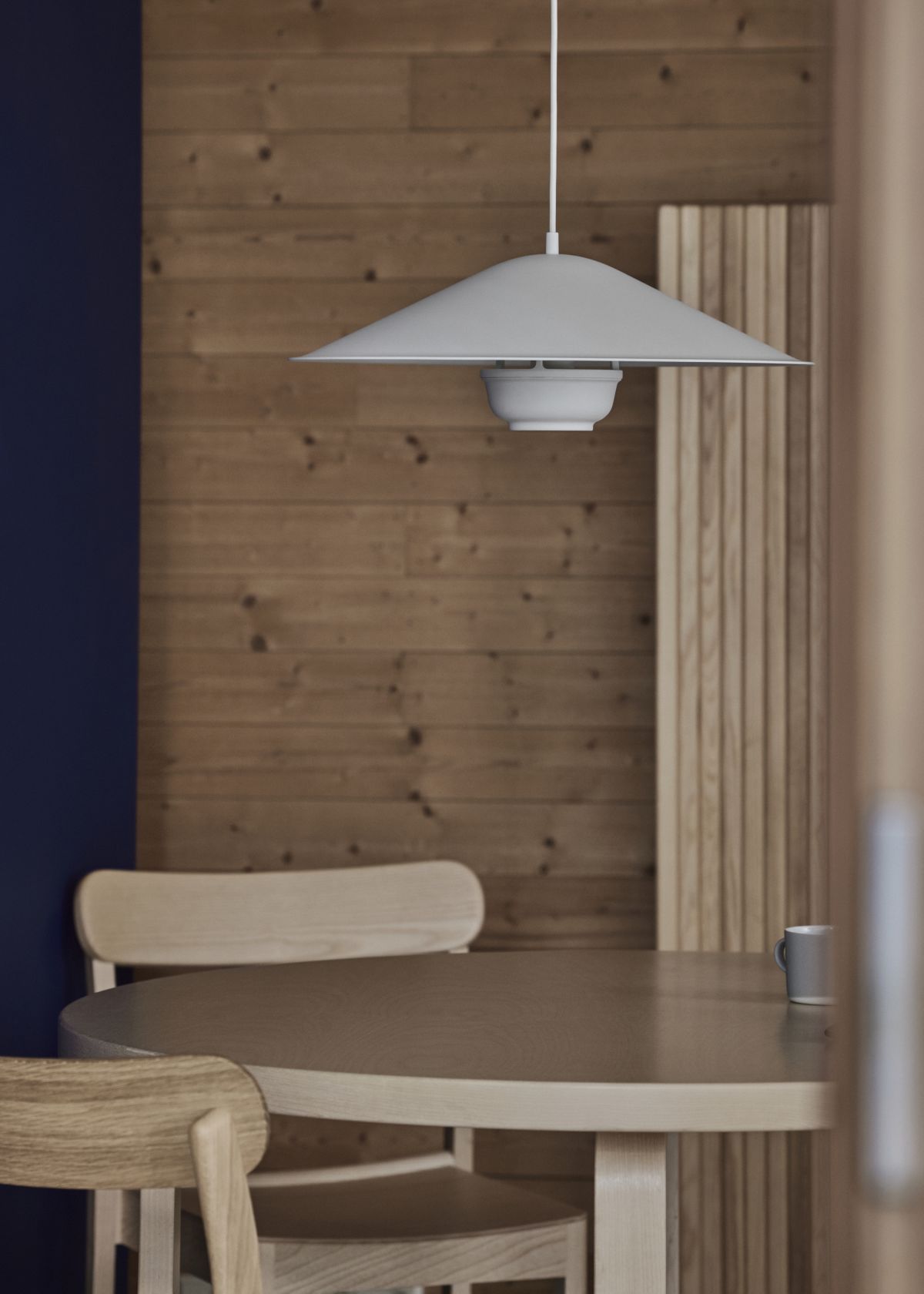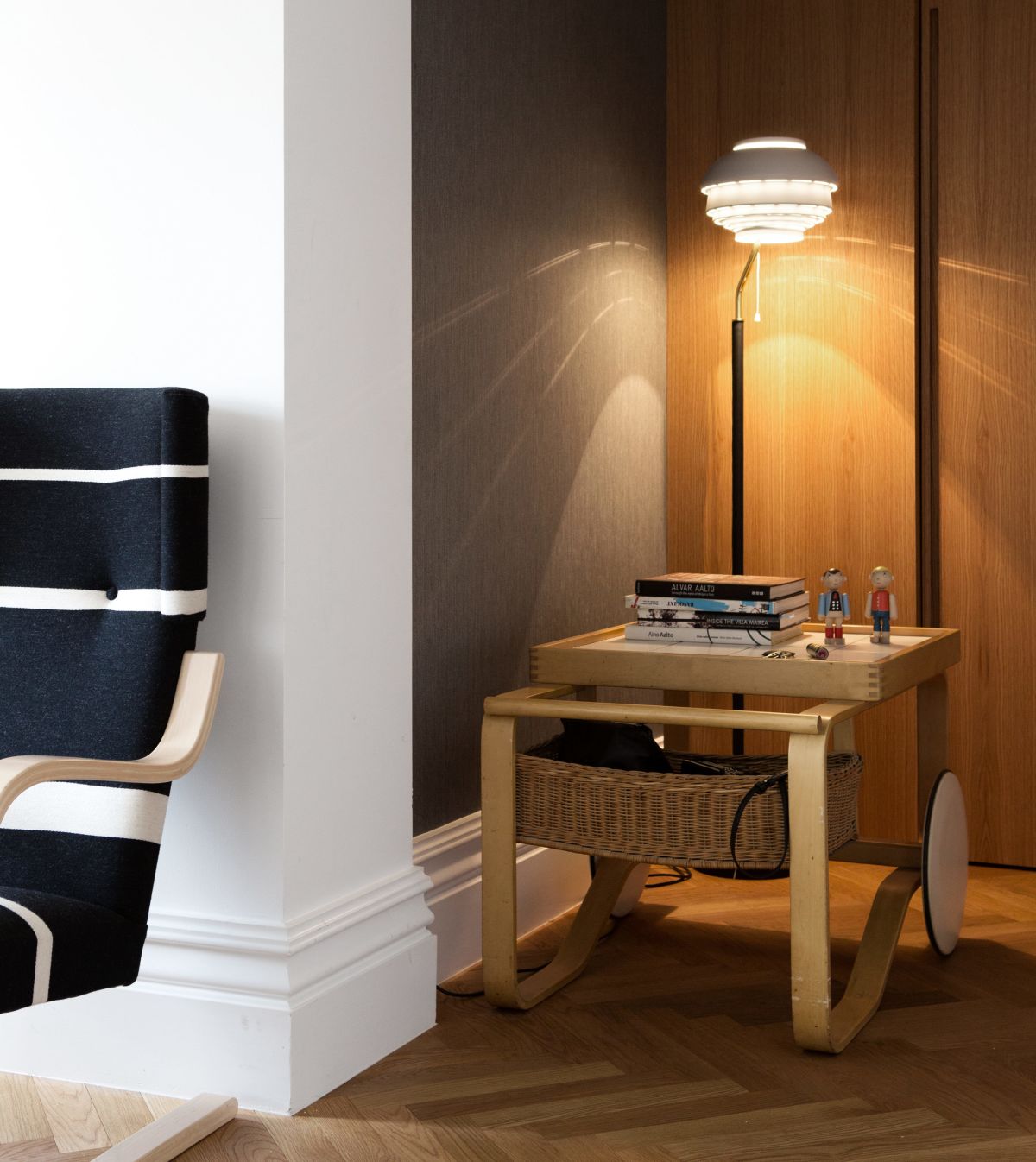Start by taking a close look at your interiors: some areas may be sufficiently lit, but do they have the atmosphere and quality of light that you’re looking for? Could you activate a left-over space, perhaps turning a dark corridor into a cosy reading corner?
Also, keep in mind that many different activities may take place in a particular location. Through the course of the day, your kitchen counter may start out as a breakfast bar, but then turn into a home office, and later be used for cooking, homework or a gathering of family and friends.
You should also consider your space’s dimensions. As a rule of thumb, rooms with low ceilings benefit from a combination of ceiling, wall and floor lights, while pendant lights can add a sense of structure to rooms with higher ceilings.
























